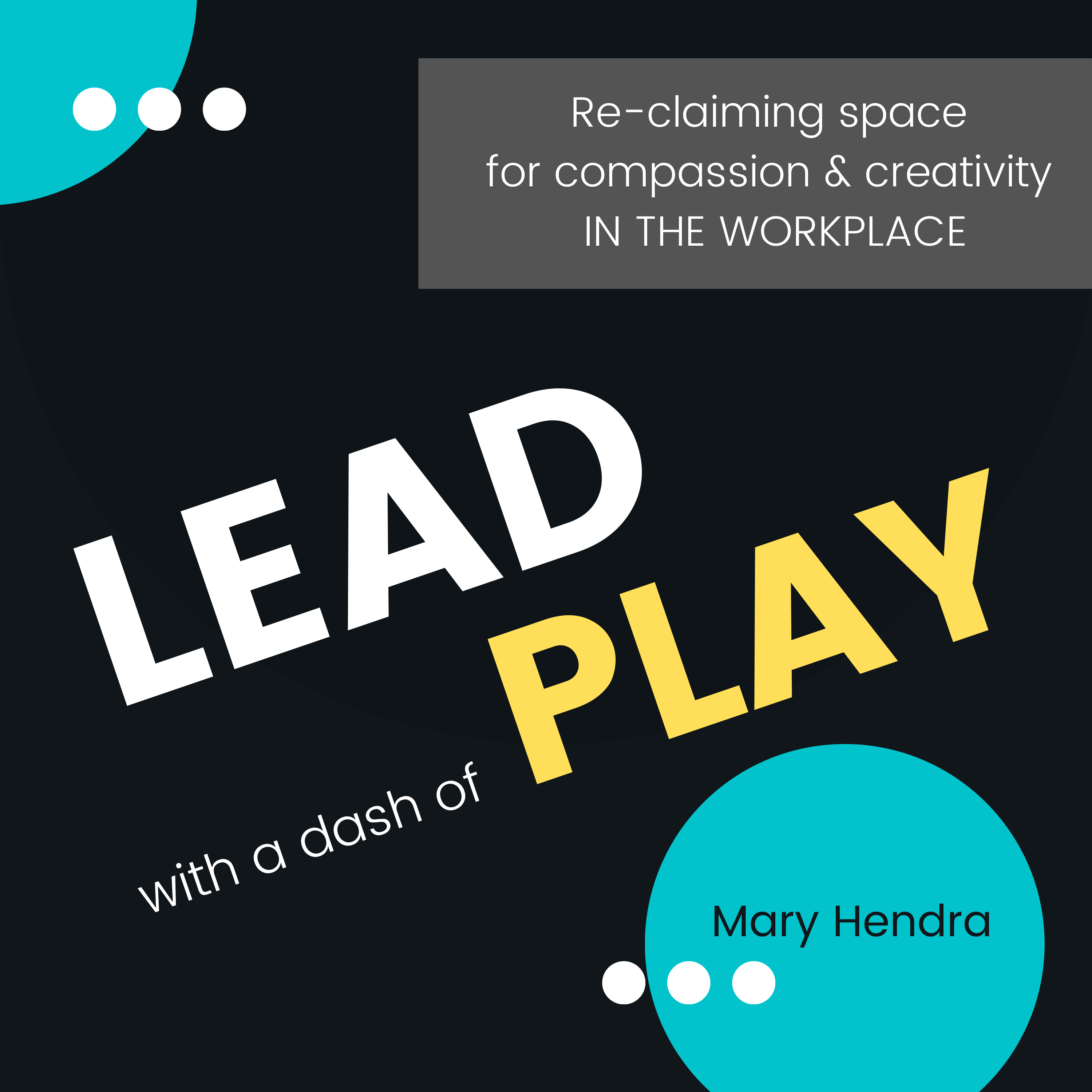Episode 3
Season 4: Creating Playgrounds
How do you know who is ready to play? With Lee Kim, we discuss the creation of playgrounds for adults - within corporate and civic spaces. Blending design thinking and “a space of yes,” playgrounds invite meaningful co-creation.
Explore more about the ideas and playgrounds Lee mentions:
- Inyeon meaning: https://www.kinfolk.com/stories/word-inyeon/
- Wearable Tracy - Short Documentary on the New Yorker Documentary Platform: https://youtu.be/c0Xu25ZmFg8
- Community built before Covid: www.designdreamlab.org
- Community built after Covid: www.designthinkingzeal.com
GUEST: Lee Kim
Lee is a designer thinker, an engineer, and also a certified Lego Serious Play facilitator. She founded a community innovation lab - Design Dream Lab, where anyone with a giving heart can create an impact and dream of a better future. Lee loves building and fostering creativity through everyday experiences and finds joy in connecting dots with other fun-loving and joyful human beings. Lee is always exploring ways to spark human curiosity and connections through story-making and experience design with simple activations. You may see her wearing a colorful pipe cleaner crown walking around the streets of New York City sending signals to connect with another curious human being!

